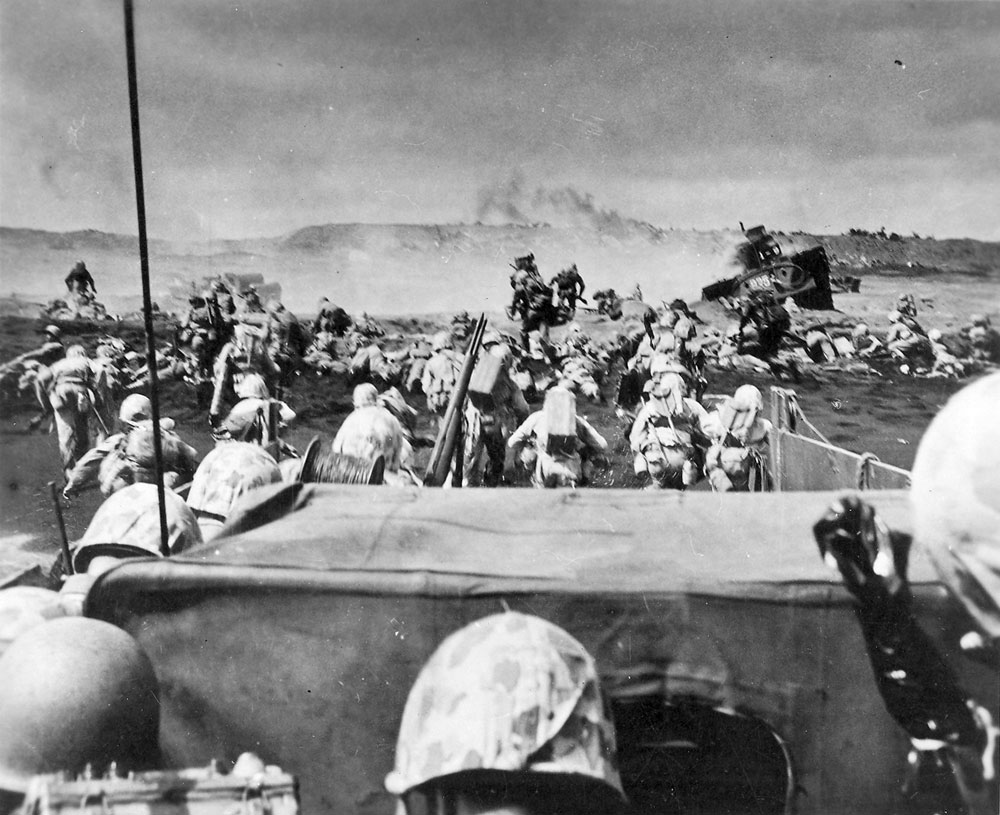The history of World War II in the United States officially begins with the bombing of Pearl Harbor in December 1941. For those of Japanese ancestry in America, there is little doubt that the attack marked the beginning of a very harrowing time, when the nation would not only challenge their patriotism but also test their endurance and their faith in humanity.
Yet a look at the years leading up to World War II demonstrates that the seeds of this turmoil were sown well before the fateful attack on US soil. And although the war would end in 1945, Japanese Americans would feel its impact for decades to come.
This timeline offers a look into this history, when definitions of national loyalty, citizenship, courage and compassion were forged for all Americans.







